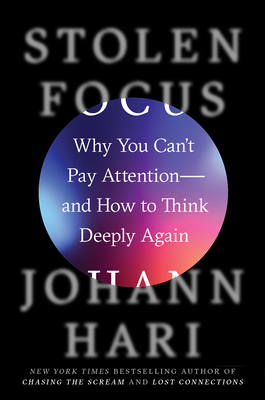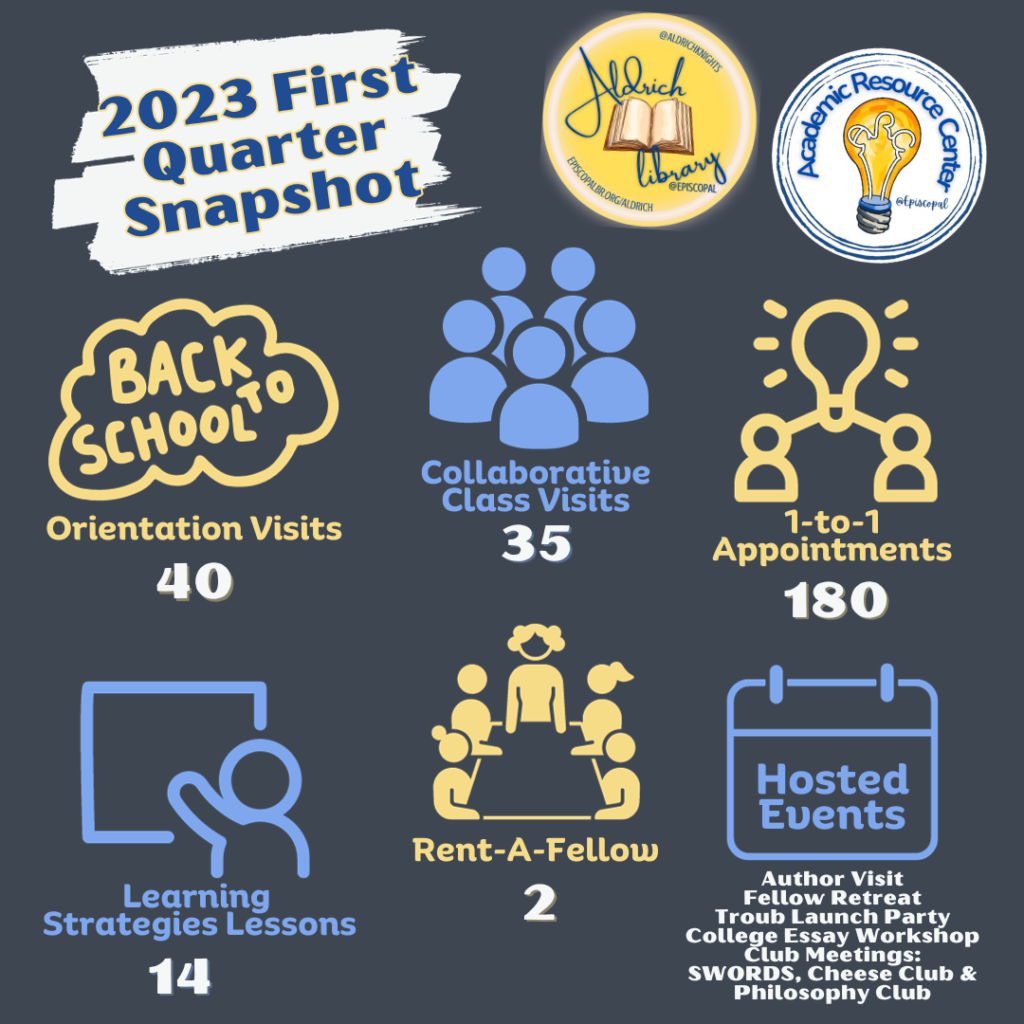We have introduced lessons that we’re calling “Upper School 101” that are taking place during our 9th and 10th grade study hall classes. We are focusing on skills and concepts that are important to student success but don’t always fit seamlessly into a content area curriculum — particularly organization and tech skills.
I did two sessions back to back with students on social media. The first lesson was adapted from the content of Jennifer LaGarde and Darren Hudgins’ book ‘Developing Digital Detectives’ and the chapter on the lens of triggers. I highly recommend this book for educators who are looking at ways that we can better prepare our students to process and understand information access in the digital age.

Some of the content I shared in the second session was adapted from my reading of ‘Stolen Focus’ by Johann Hari — another really interesting and important read for educators. I have passed this book along to our Learning Support Services Coordinator and I would love to see my school use this for a book study, both for faculty and for families.

The slides I used for these two 20 minute sessions can be viewed below. I tried to make this very practical and discussion based with my students. I also left them with a take away to spend some time considering how their social media use impacts their life. In an earlier session, we discussed time management and looking at screen time, but the final session had them think more deeply about notification settings and how they can change theirs to take back control.
Reflecting on our first semester of Upper School 101 sessions, we got some valuable feedback from students. Of course we got some eye rolls, but we also had a number of students who really used this opportunity to make some changes or at least give more though to the balance of social media in their lives. I think it’s important that they hear from us that we also struggle with balance and time management when it comes to these apps that are designed to suck us in and hold on to our attention.

